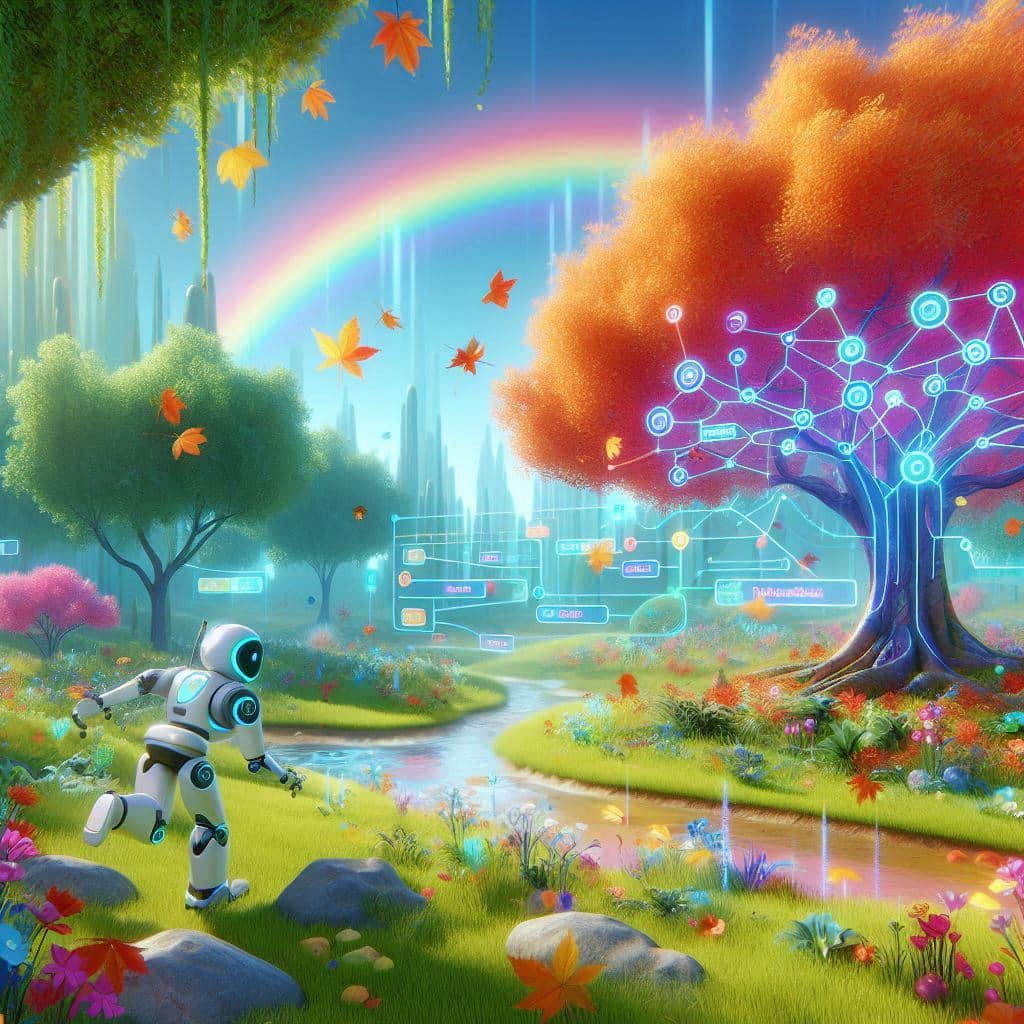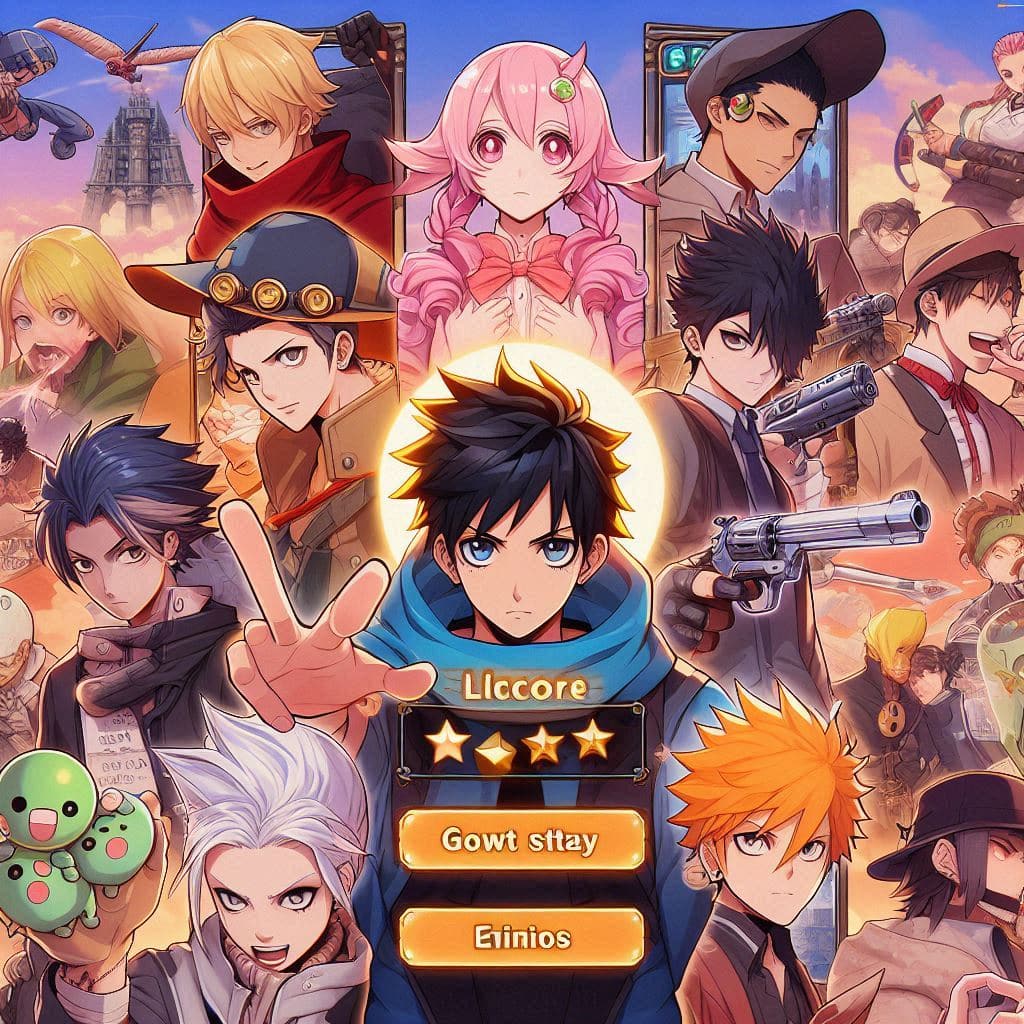Behavior Tree for AI in Games: A Comprehensive Guide for Unity Developers
Artificial Intelligence (AI) has become a crucial element in modern game development. From enemies that react to player actions to NPCs with intricate behaviors, AI enhances the overall gameplay experience.…





